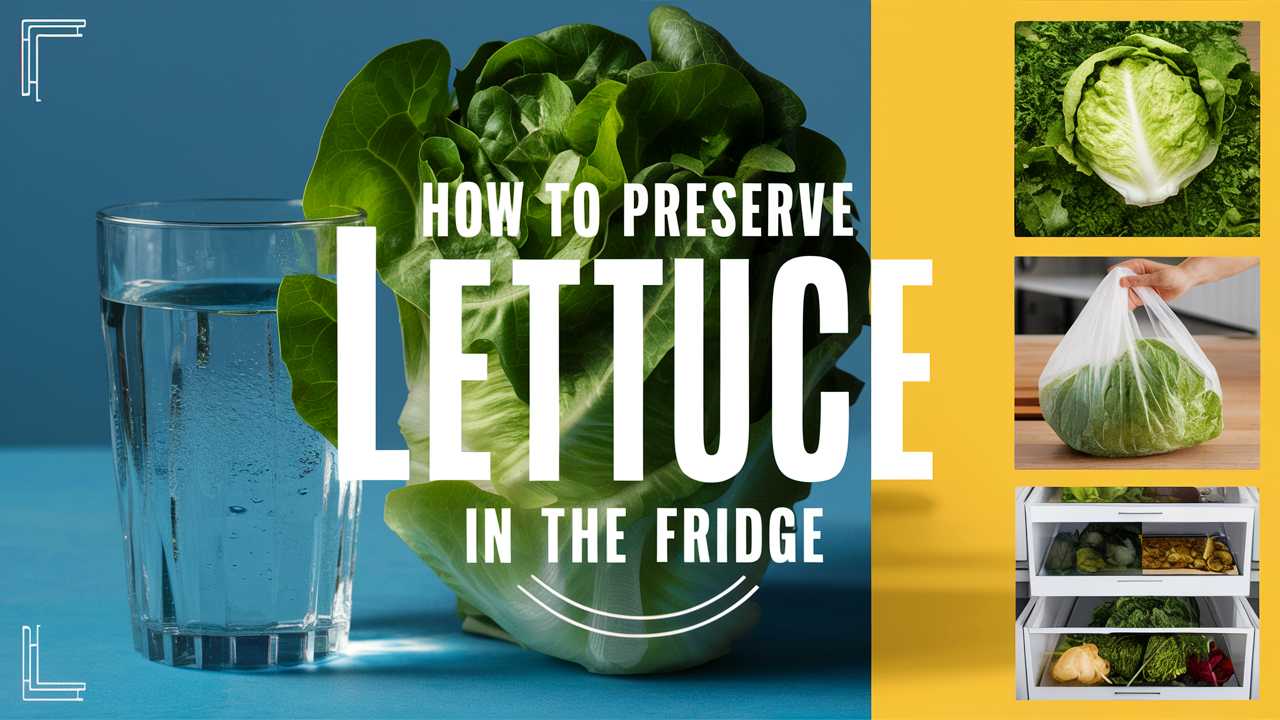When it comes to enjoying fresh salads and vibrant wraps, lettuce serves as a foundational ingredient, adding not only crunch but also a refreshing element to countless dishes. Yet, anyone who has bought a beautiful head of lettuce only to find it wilting in the fridge a few days later knows the frustration of food waste. In this detailed guide, we’ll explore methods to preserve lettuce in the fridge so that it remains crisp, tasty, and ready to enhance your meals.
To make this journey engaging and informative, we’ll journey through the lifecycle of lettuce preservation, from the moment you bring it home to the techniques that lock in freshness, all while celebrating this versatile leafy green. So, grab a cup of herbal tea, your favorite notepad, and let’s explore how to maximize your lettuce’s shelf life.
Understanding Lettuce Varieties and Their Storage Needs
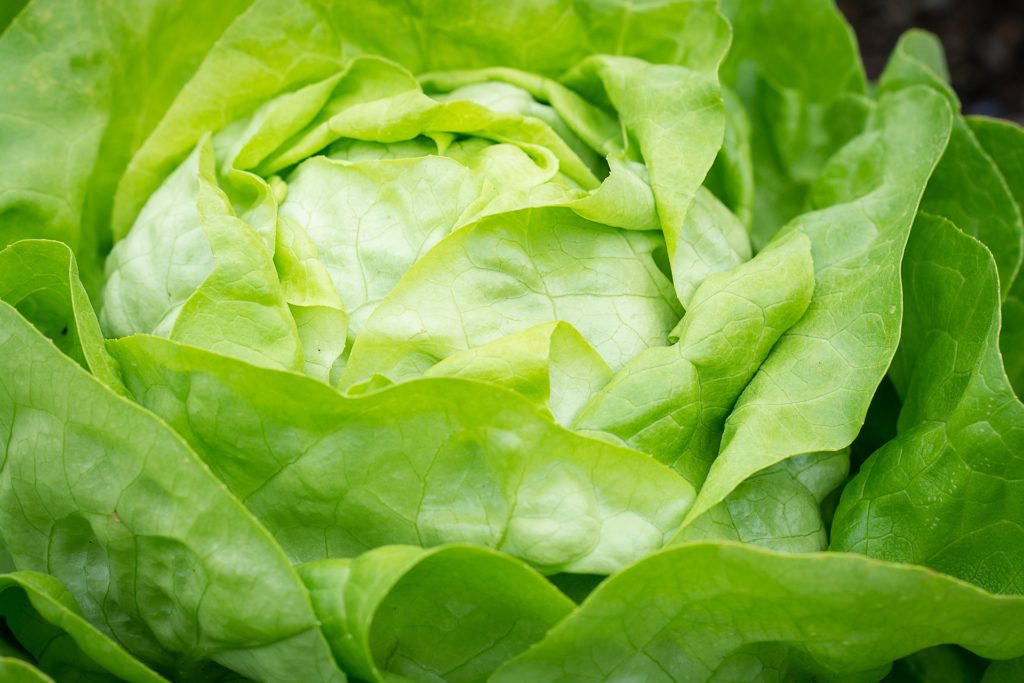
Before embarking on preservation techniques, it’s important to recognize the different types of lettuce and their distinct characteristics. From crispy Romaine to tender Butterhead, each variety has unique moisture retention properties.
Romaine Lettuce is known for its sturdy structure and long leaves, making it generally more resilient. It can last about a week if stored correctly. On the other hand, Butterhead, with its delicate leaves, is more prone to wilting and requires extra care. Iceberg lettuce, though sturdy, can also lose its crunchiness if not stored properly. Understanding these differences can markedly influence how you approach storage and preservation.
Selecting Fresh Lettuce
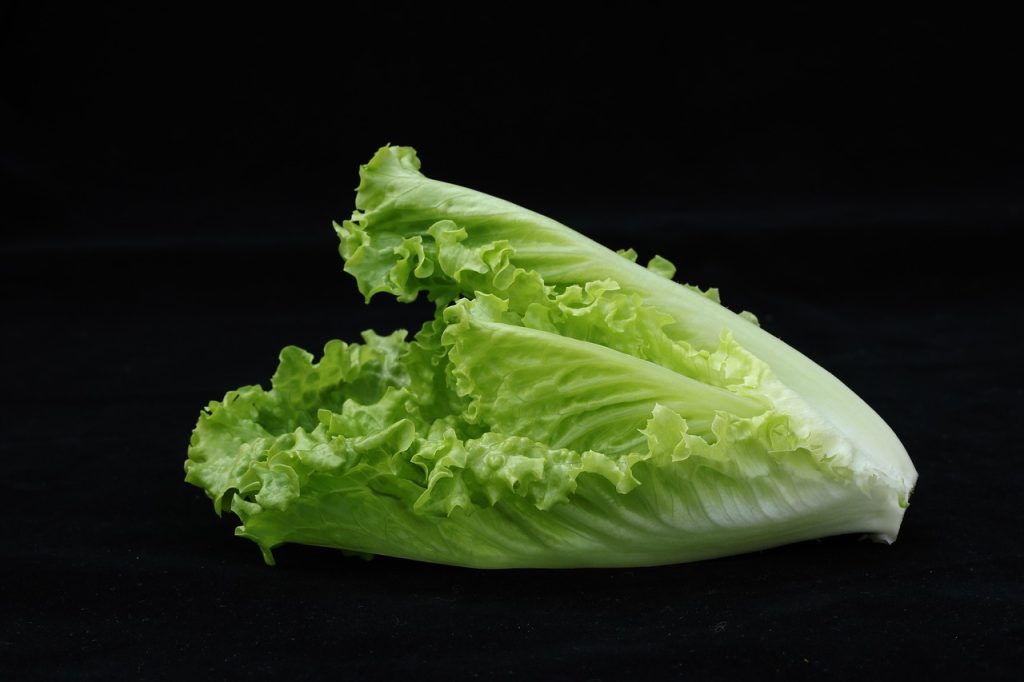
The journey to preserving lettuce begins at the grocery store or farmer’s market. When choosing your greens, look for vibrant colors, firm leaves, and no signs of browning. A head of lettuce should feel heavy for its size, indicating that it’s crisp and fresh. If you can, opt for organic varieties; they often have fewer pesticides, and you’ll be supporting sustainable farming practices.
Purchasing local lettuce in season can enhance the flavor significantly and consequently increase your enthusiasm for those salads and dishes you’re planning. The fresher the lettuce, the longer it’s going to last once you bring it home.
Proper Washing Techniques
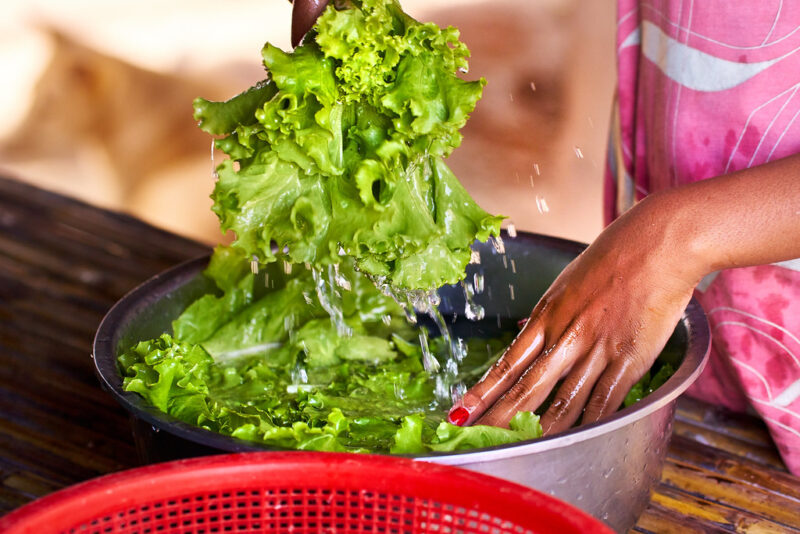
Once you’ve selected fresh lettuce, your next step is washing it—a task that deserves attention. Rinsing your greens correctly can remove dirt, pesticides, and potential bacteria. Here’s how to wash lettuce to prepare it for storage effectively:
Fill a Basin: Fill a large bowl or basin with cold water. This gentle method helps the leaves float, loosening any dirt without causing bruising.
Submerge and Agitate: Place the leaves in the water, gently swishing them around to dislodge any debris.
Rinse Under Running Water: For an added layer of cleanliness, rinse each leaf under cold running water.
Dry Thoroughly: After washing, the focus should shift to drying. Excess moisture is the enemy of crispy lettuce. Using a salad spinner is an excellent way to remove water efficiently. If a salad spinner isn’t available, lay the leaves on a clean kitchen towel and gently pat them dry.
Cutting vs. Keeping Whole
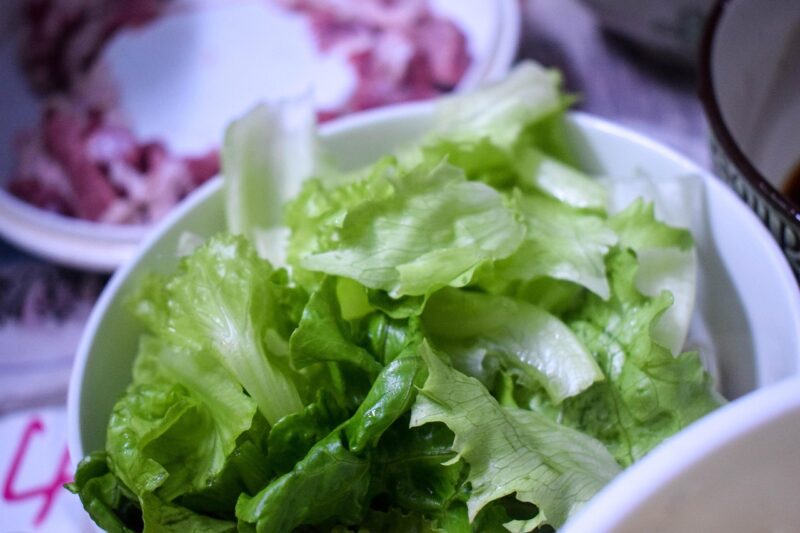
Another significant decision in preserving your lettuce involves whether to keep it whole or cut it into pieces. Keeping a lettuce head whole can often lead to longer freshness, as each leaf remains connected, preserving moisture. Cut lettuce can wilt faster due to increased exposure to air.
If you’re sure of your immediate use, feel free to cut your lettuce into desired sizes, but remember to consume it within a few days. Should you choose to keep your lettuce whole, wrapping it in a damp paper towel keeps moisture levels balanced, preventing dehydration.
Choosing the Right Storage Container
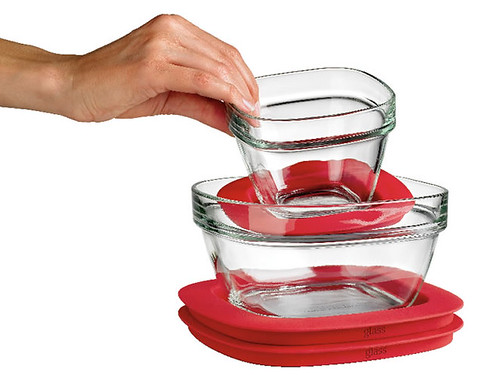
Storage containers play a critical role in maintaining lettuce freshness. Here are some effective options:
Plastic Bags: A conventional choice, resealable plastic bags are great for short-term storage. However, they can trap moisture, which might lead to spoilage. If using bags, consider placing a paper towel inside to absorb any excess moisture.
Containers with Ventilation: Air-tight containers with airflow options work remarkably well. They can provide a controlled environment, reducing moisture while still allowing for some air circulation.
Glass Jars: For small quantities of cut lettuce, glass jars can be an innovative method. The transparency of the glass lets you see the freshness at a glance, while the lid provides a seal.
The Art of Proper Storage
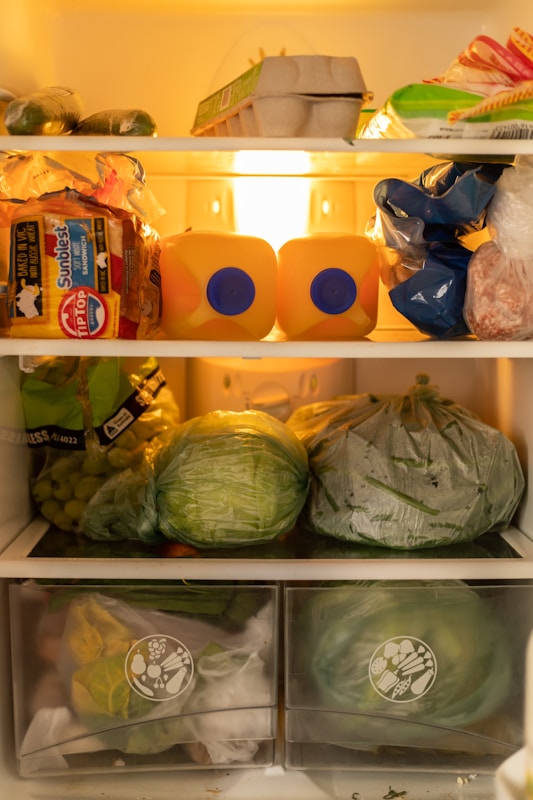
After washing and selecting your container, the next step is proper storage within your refrigerator. Most vegetables, including lettuce, thrive in the crisper drawer, which maintains a more stable humidity level than other areas of the refrigerator.
Here are some additional tips for optimal refrigerator storage:
Temperature Matters: Aim to keep your refrigerator at about 34 to 38°F (1 to 3°C). This temperature zone is ideal for preserving the crispness of lettuce.
Avoid Ethylene Producers: Some fruits and vegetables, like apples and bananas, produce ethylene gas, which causes spoilage in lettuce. Store lettuce away from these items for best results.
Creative Methods for Long-Term Preservation
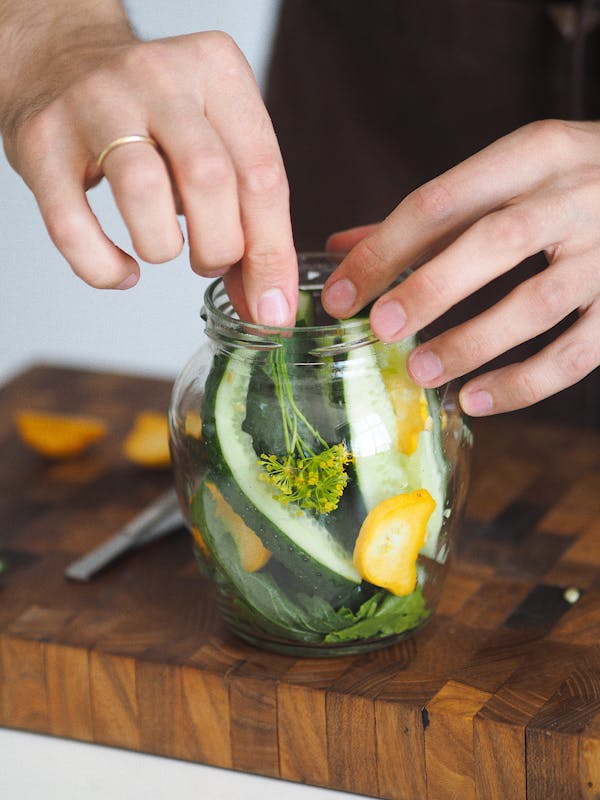
As we think beyond the standard techniques, there are several creative preservation methods you might wish to explore, especially if you find yourself overwhelmed by an abundance of greens.
Vacuum-Sealing: Utilizing a vacuum sealer can significantly extend the freshness of your lettuce. This method removes air, which keeps lettuce crisp by reducing oxidation. Simply portion your lettuce, seal it in a vacuum bag, and store it in the fridge.
Freezing: While not as common for lettuce, if you’re willing to forego the crisp texture, you can freeze lettuce. Blanching the leaves in boiling water for a minute and then plunging them into ice water freezes them before storage. It’s best for cooked dishes where the texture change won’t be problematic.
Pickling: A flavorful alternative is pickling! If you have a surplus, consider making pickled lettuce. The unique tang adds a delightful zing to dishes and extends the lettuce’s usability.
Signs of Spoilage

Keeping track of your lettuce’s condition is a crucial part of the preservation process. Make it a habit to check your lettuce every few days for signs of spoilage:
Wilting: If the leaves begin to droop significantly or lose their firmness, it’s time to consume or discard them.
Brown Spots: These are indicators of decay. While you might be able to cut away small brown areas, large spots signify that the lettuce is no longer good.
Sliminess: A slimy feel often means it’s gone bad. It’s best to err on the side of caution and toss any questionable lettuce.
Creative Uses for Leftover Lettuce

Sometimes, despite our best efforts, we find ourselves with leftover or less-than-perfect lettuce. Instead of discarding these greens, consider delicious alternatives!
Smoothies: Tossing a handful of slightly wilted lettuce into a fruit smoothie can add valuable nutrients and volume without overpowering the flavor.
Soups and Broths: Wilted leaves can find new life in homemade broths, providing flavor and nutrition.
Stir-fry: Add lettuce to stir-fry as a final ingredient. The quick cooking will bring out a different texture, and you can incorporate it into meals.
Sustainable Practices in Lettuce Preservation
Part of preserving lettuce is considering the environmental impacts. Food waste contributes significantly to greenhouse gas emissions; understanding how to maximize the use of your ingredients is not only savvy but sustainable.
Plan your shopping trips based on what you like to eat, aiming to buy only what you’ll use in the near future. Engaging in creative methods to use leftover lettuce reduces waste and can inspire culinary innovation.
Conclusion: The Journey of Lettuce Preservation
As we wrap up this exploration of how to preserve lettuce, it becomes clear that a thoughtful approach to storage, selection, and utilization can dramatically enhance your culinary experiences while minimizing waste. With a little attention and care, your lettuce can be a vibrant part of your meals for days, bringing color and freshness to each dish.
By employing various storage techniques, understanding the nuances of different lettuce types, and creatively repurposing leftovers, you cultivate a deeper appreciation for food and its integrity. So, the next time you slice into a crisp Romaine or arrange a colorful salad, know that you’ve mastered the art of lettuce preservation, ensuring that nothing goes to waste.


